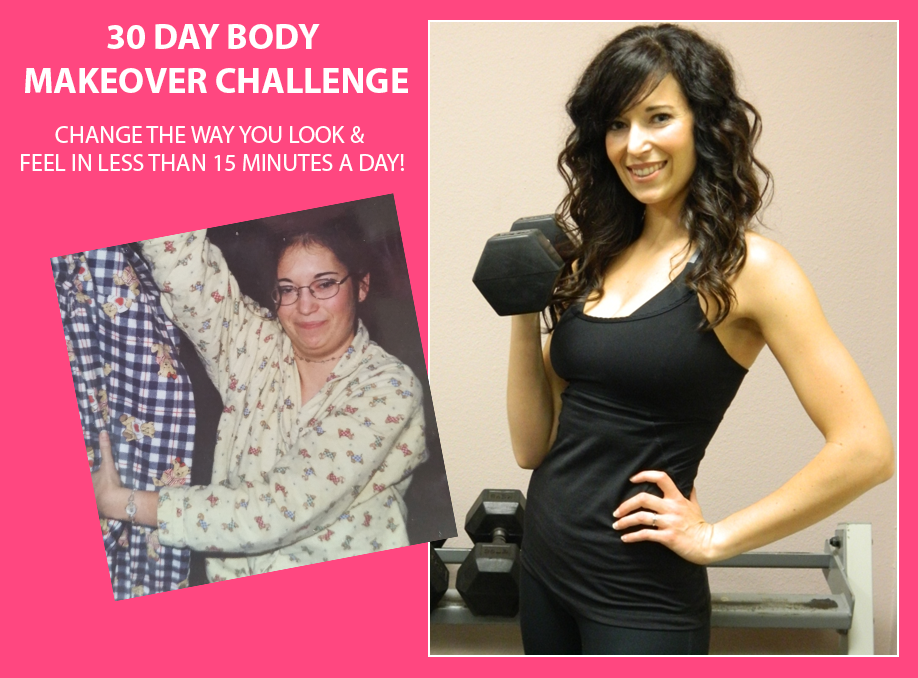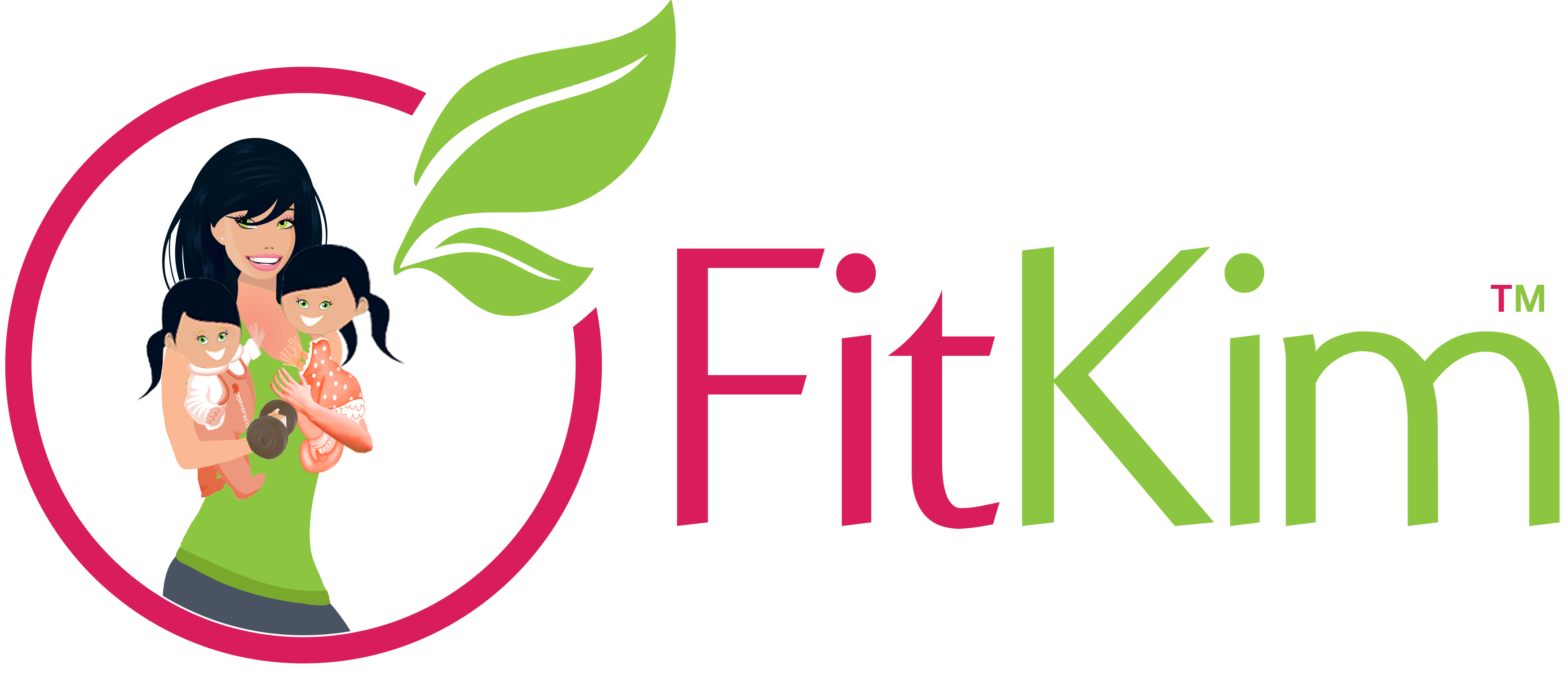So whether or not you are convinced that going gluten free is good for you, we can all benefit greatly by reducing our wheat consumption. I’ve seen amazing health results with my clients such as improved digestion, regularity, increased energy, clear skin and restful sleep-just by getting rid of gluten. And if you aren’t ready to part with your bread just yet, don’t worry-I’ll give you plenty of yummy alternatives.
 If you’re looking to lose a few pounds or even avoid weight gain over the holidays, you will be happy to know that going gluten free often leads to weight loss. A study conducted by the Mayo Clinic University of Iowa found an average 27.5 pound weight loss in six months among 215 obese Celiac patients. Another study showed the number of people considered obese was cut in half within a year of going wheat free. Wow! I commonly hear those following a gluten free diet say they noticed their sugar cravings and urge to snack practically vanish once they made the switch.
If you’re looking to lose a few pounds or even avoid weight gain over the holidays, you will be happy to know that going gluten free often leads to weight loss. A study conducted by the Mayo Clinic University of Iowa found an average 27.5 pound weight loss in six months among 215 obese Celiac patients. Another study showed the number of people considered obese was cut in half within a year of going wheat free. Wow! I commonly hear those following a gluten free diet say they noticed their sugar cravings and urge to snack practically vanish once they made the switch.
To make the switch, you will want to start reading labels and avoid wheat, rye, barley, spelt, kamut and some oats (oats commonly are cross-contaminated so make sure they’re certified gluten free). Also, avoid derivatives such as barley malt, soy sauce, beer, meat substitutes, sauces, broths and seasonings. Start focusing on building up your diet to include naturally gluten-free foods such as fruits and veggies. For help with this, please check out Dr. Douglas Graham’s book, The 80/10/10 Diet. It is amazing and full of easy recipes.
Next, make sure the foods you think are gluten free really are. Foods like corn, millet and gluten-free flours tested in at containing 32% gluten! Even if a product label says “Gluten Free,” it just means it’s less than the FDA’s required 20 ppm gluten. If you are super sensitive to gluten, make sure the product is processed in a dedicated gluten free facility and limit your consumption of packaged foods. You can also look for products certified by the Celiac Spruce Association, the National Foundation for Celiac Awareness and Quality Assurance International, or the Gluten Intolerance Group (GIG).
To make changes at home, it might be easiest to start with pre-made gluten-free bread mixes. Here are some great ones to try as well as other ideas:
 As you can see, understanding and going gluten free isn’t that complicated once you get the basics down. With wheat being in so much of the food we consume, too much of something is not always a good thing. Try going gluten free for one week and see how you feel. Who knows-you might feel so great that you’ll never go back to wheat again!
As you can see, understanding and going gluten free isn’t that complicated once you get the basics down. With wheat being in so much of the food we consume, too much of something is not always a good thing. Try going gluten free for one week and see how you feel. Who knows-you might feel so great that you’ll never go back to wheat again!
*The information on this site is designed for educational purposes only and has not been evaluated by the Food and Drug Administration. It is not intended to be a substitute for informed medical advice or care. You should not use this information to diagnose, treat, cure or prevent any health problems or illnesses without consulting your pediatrician or family doctor. Thank you!
~by Kimberly Olson
About Me





